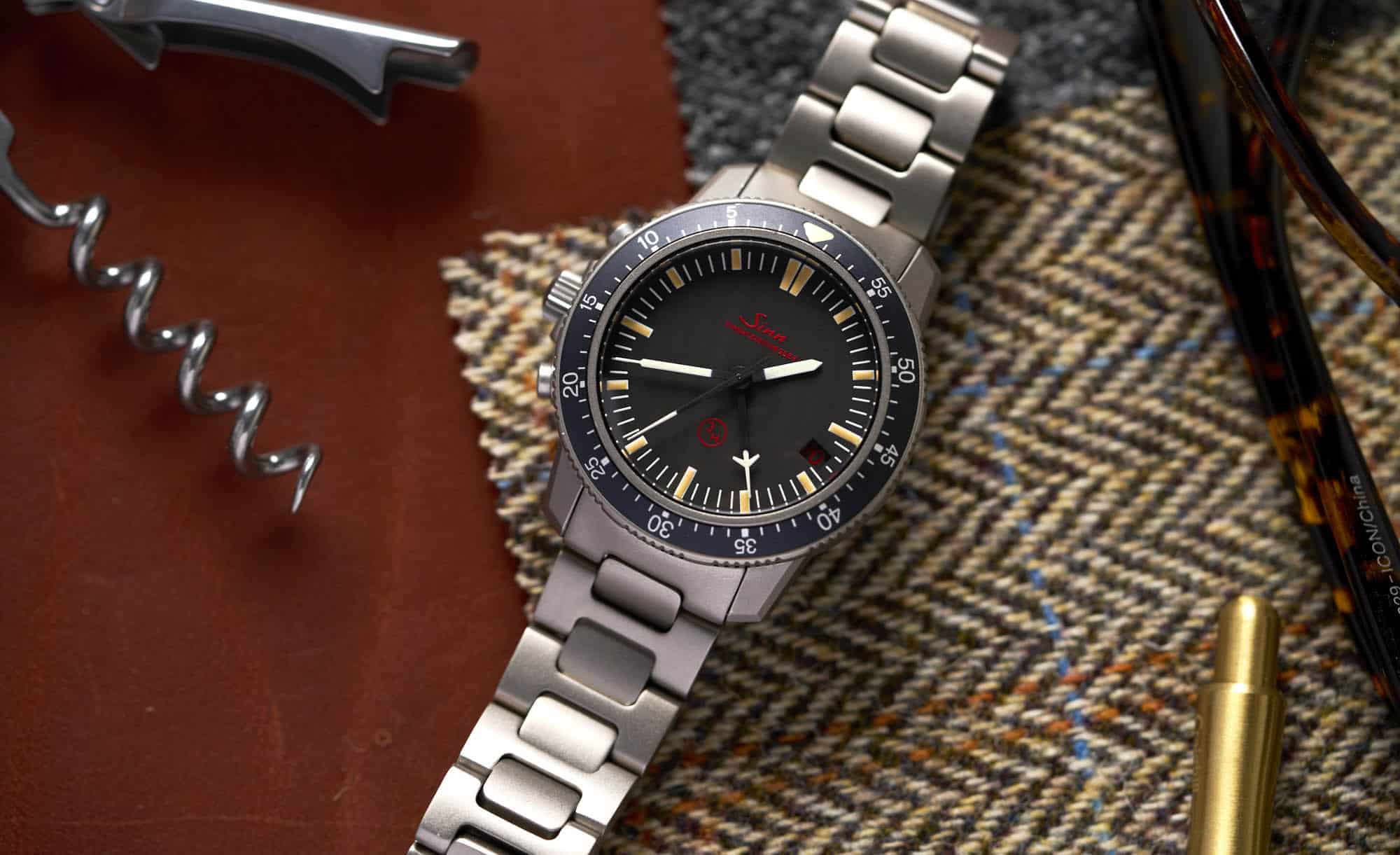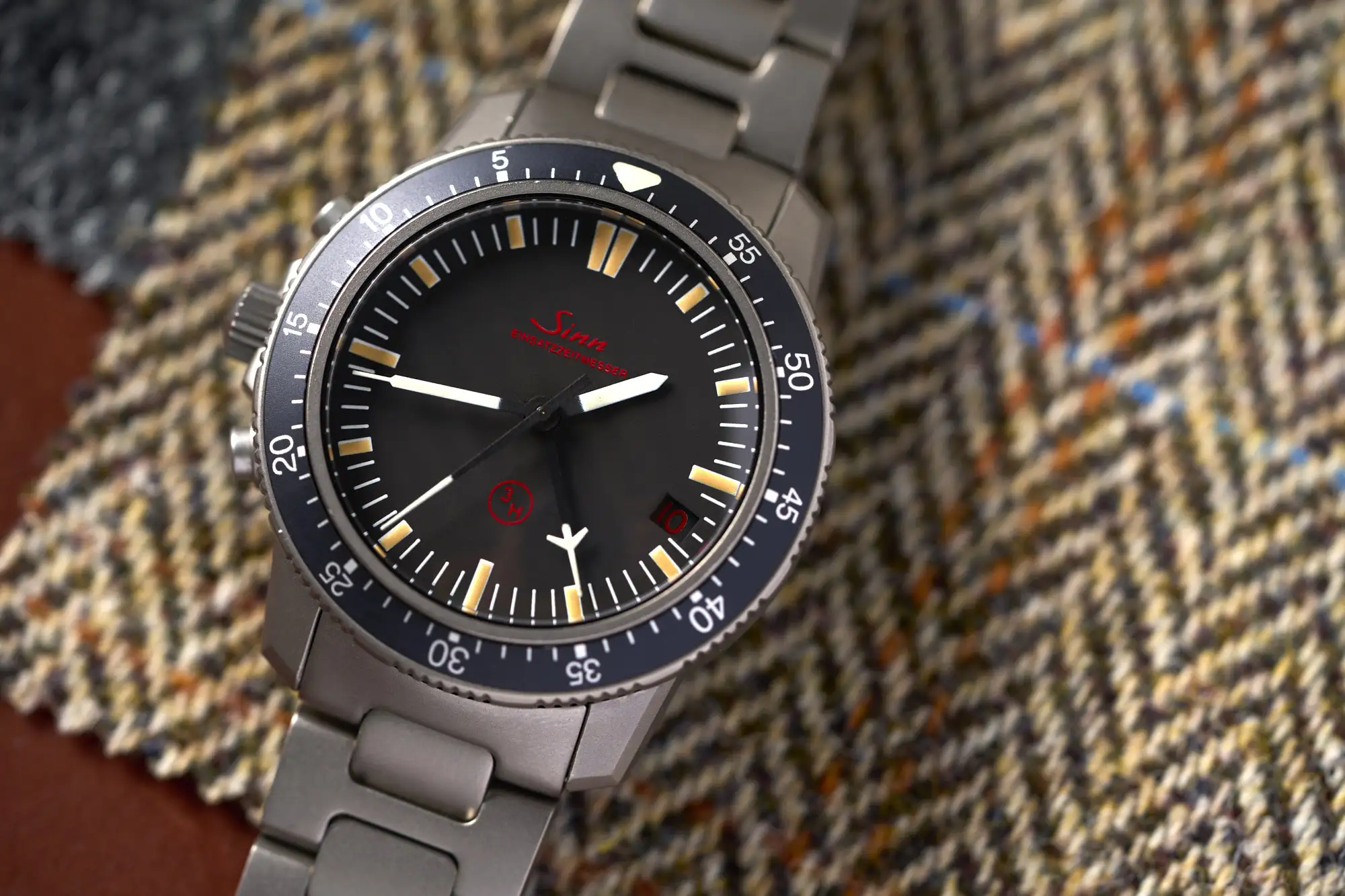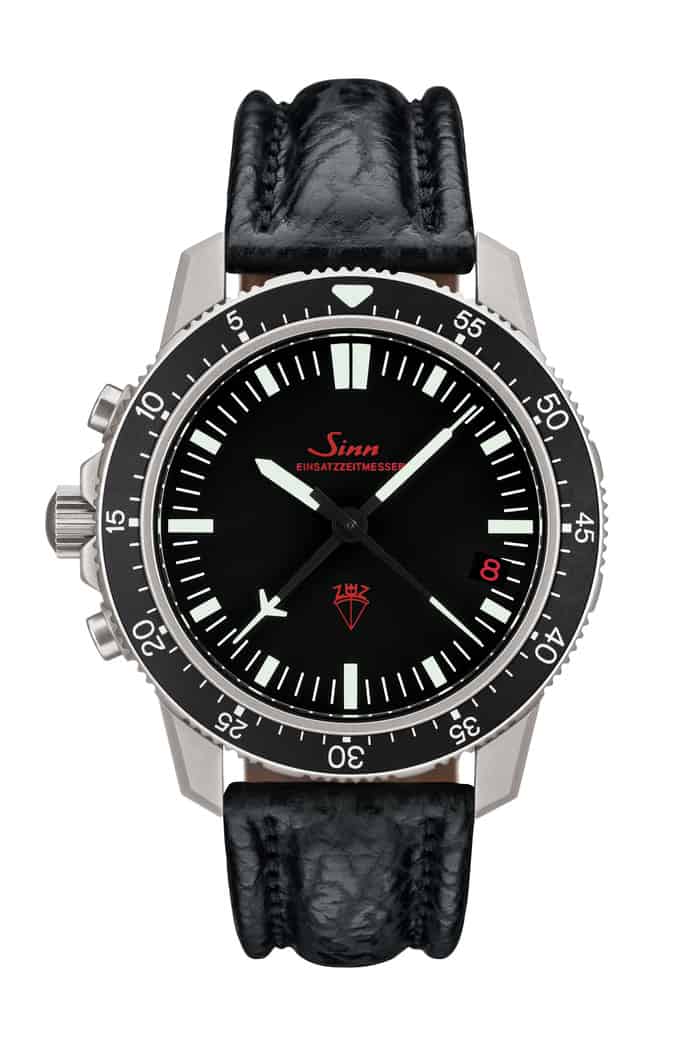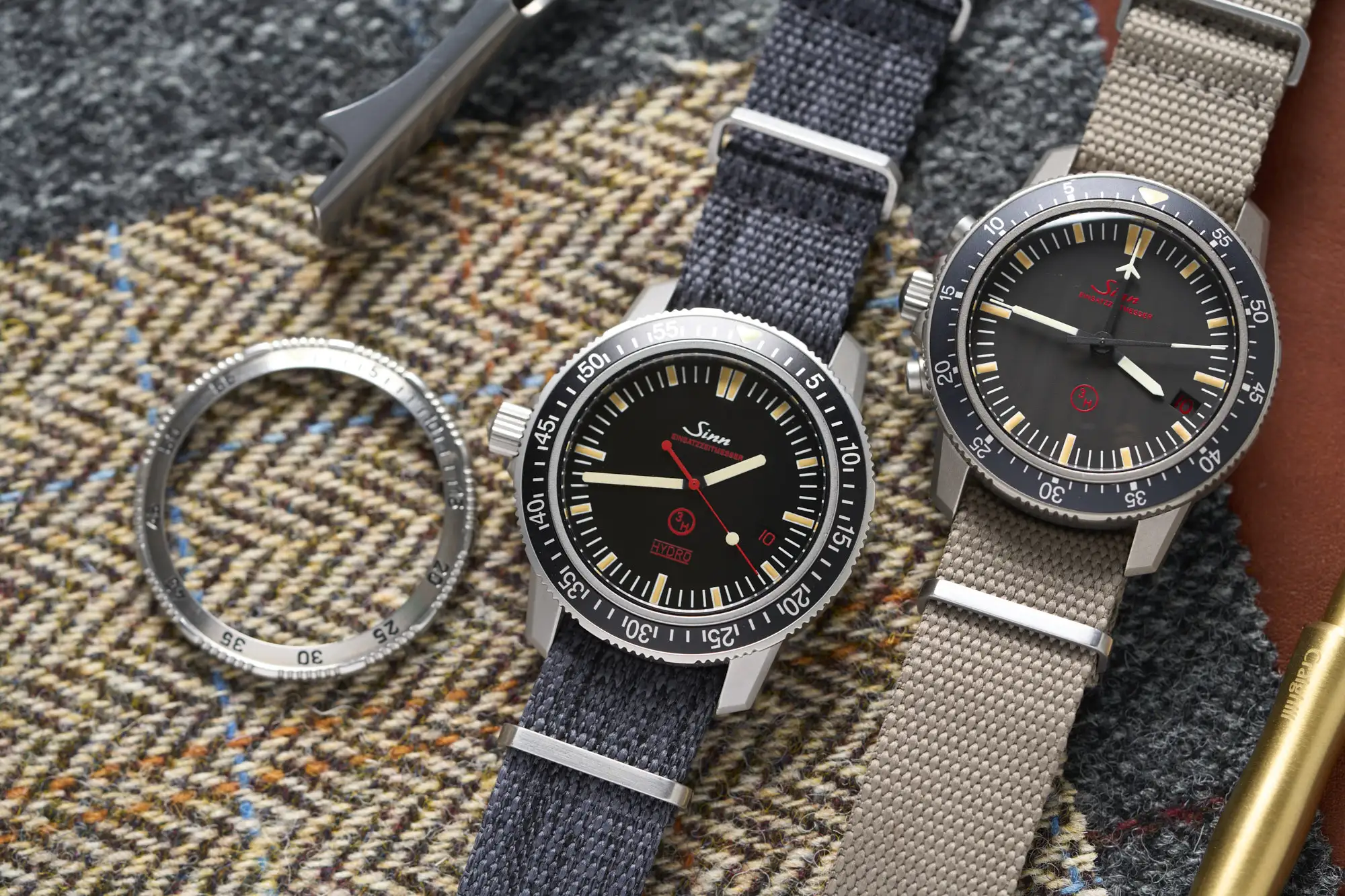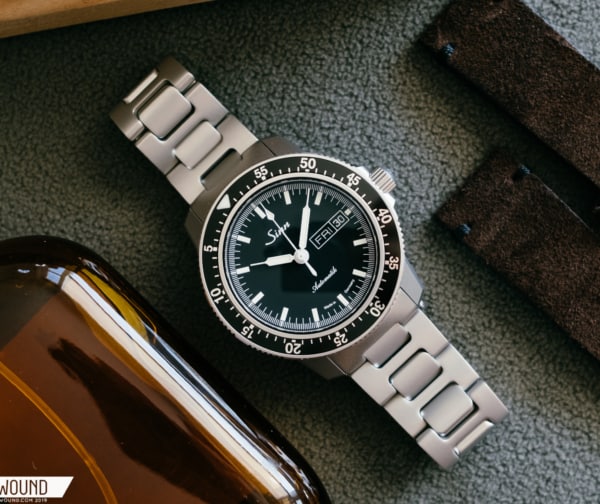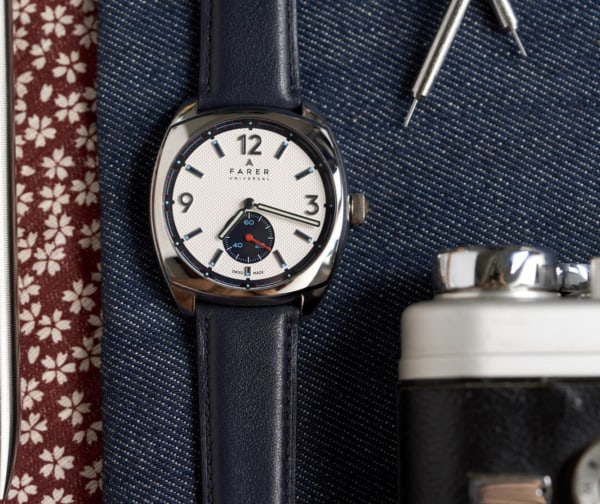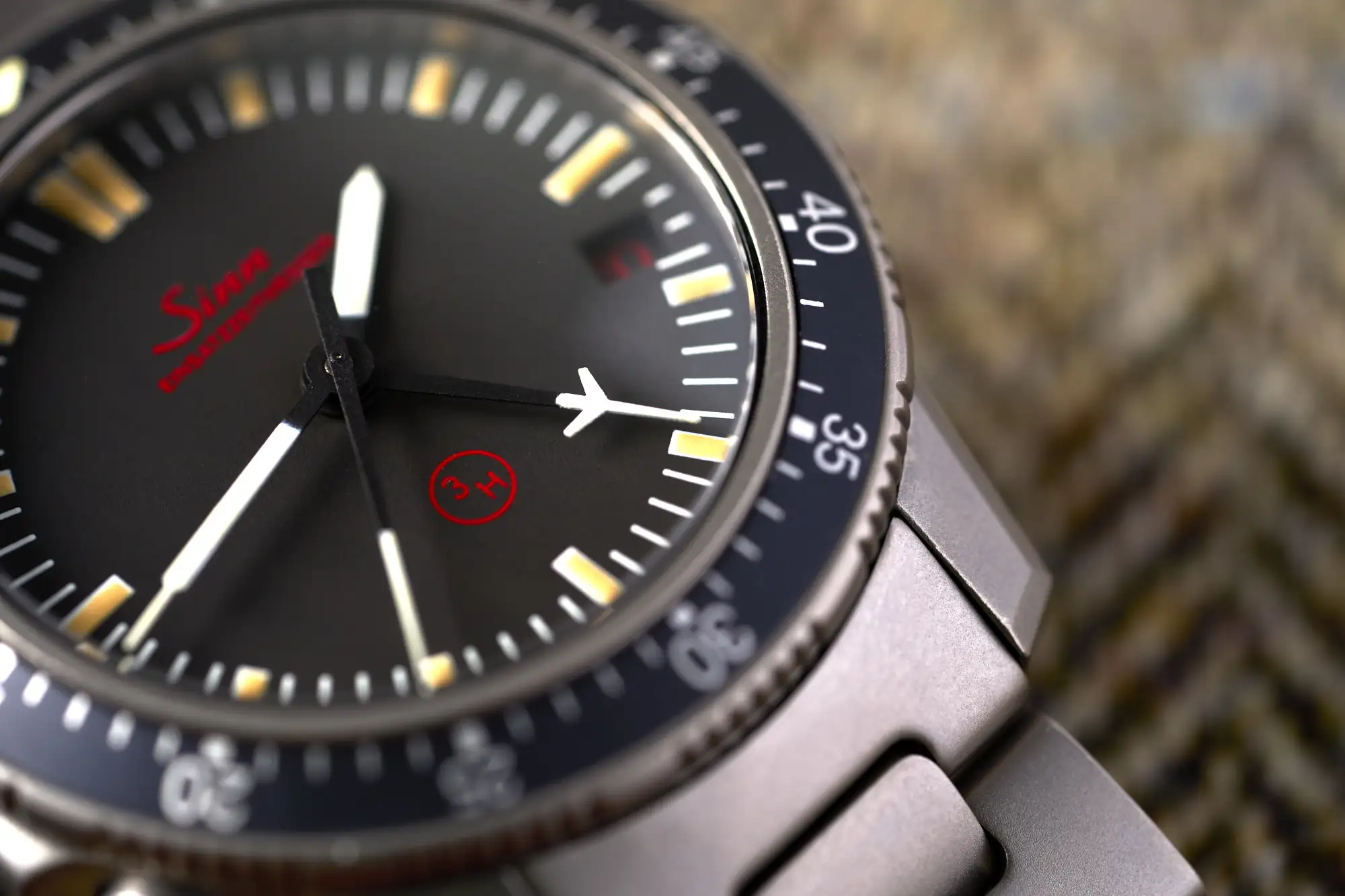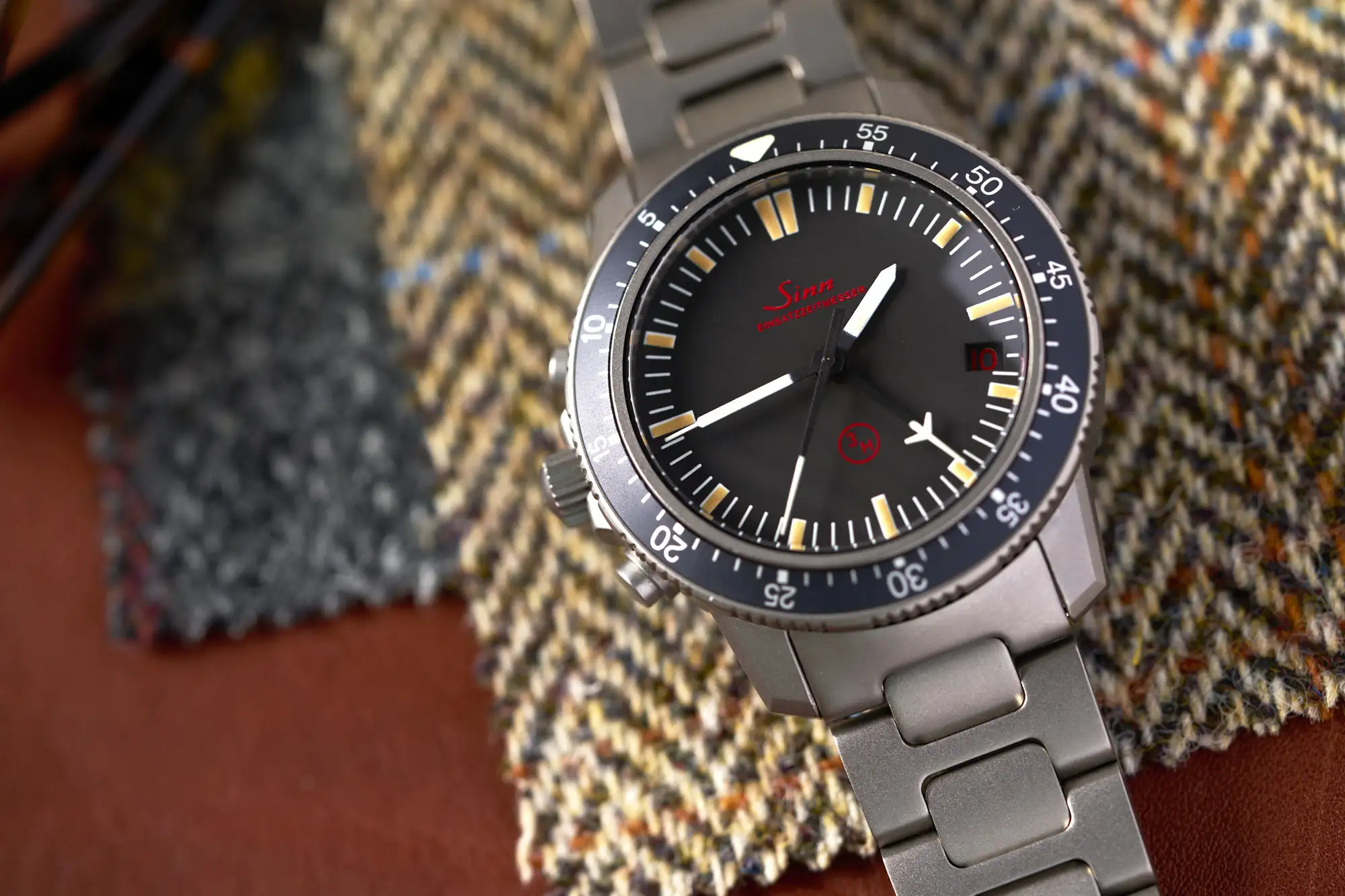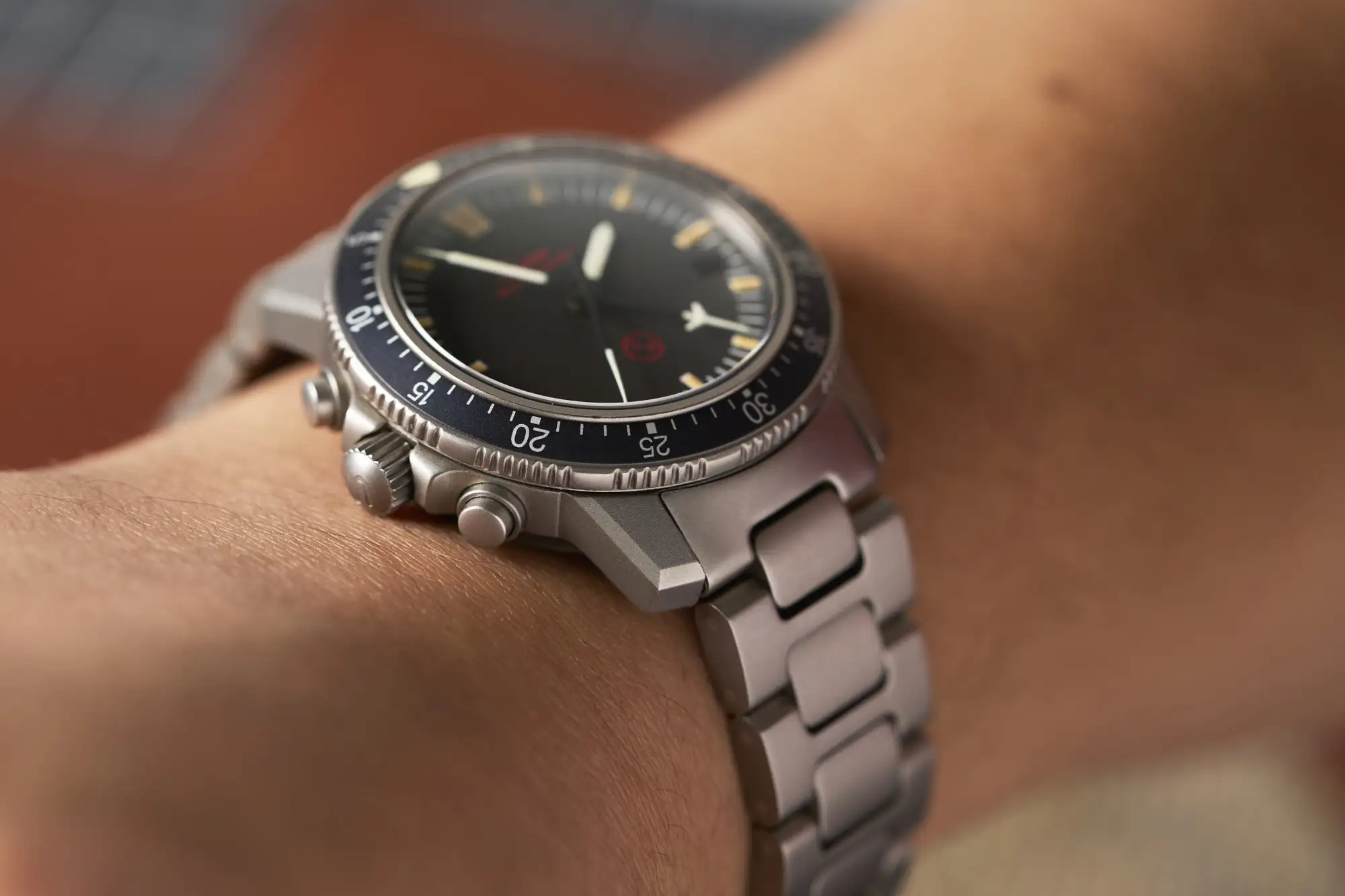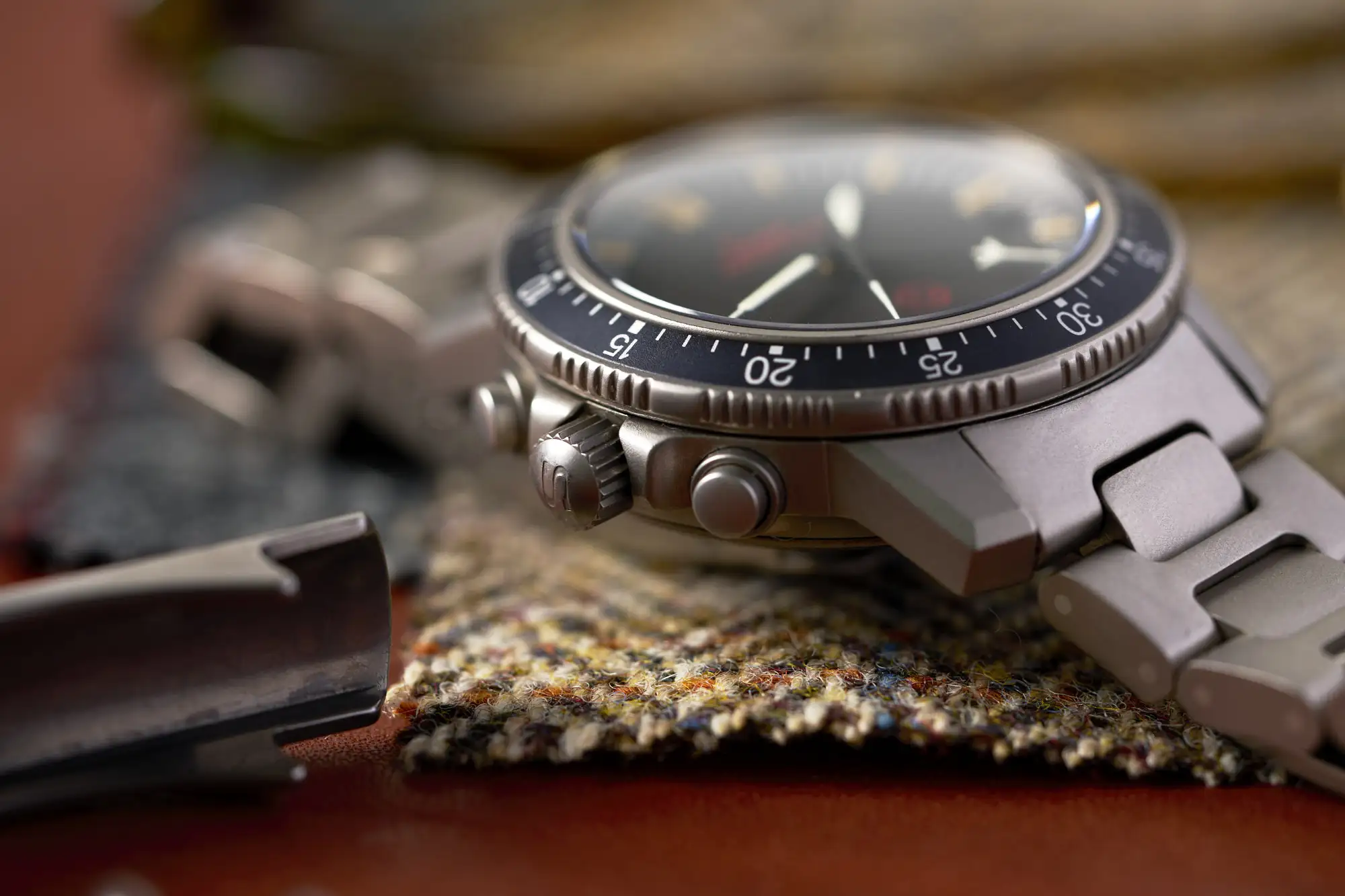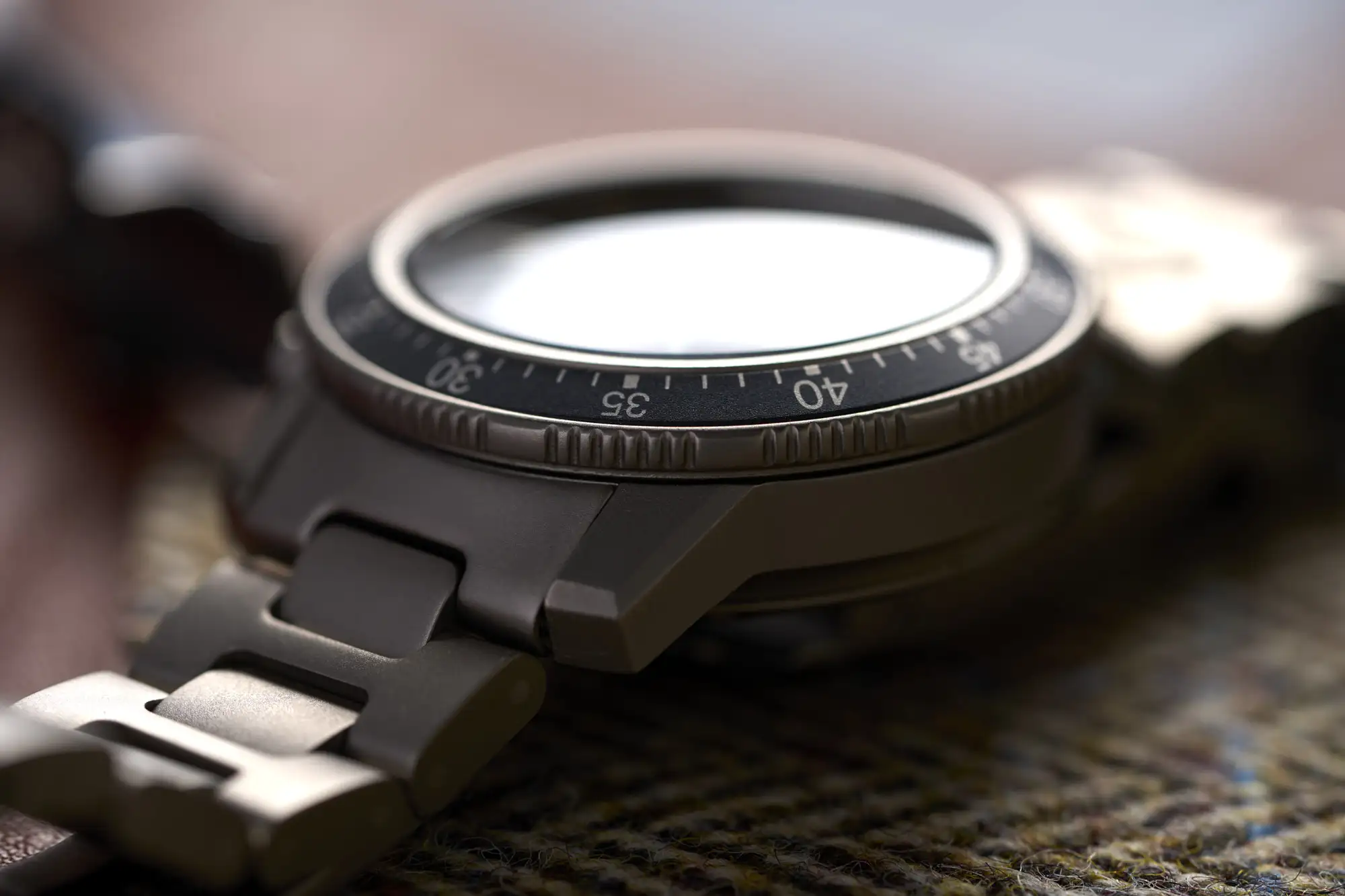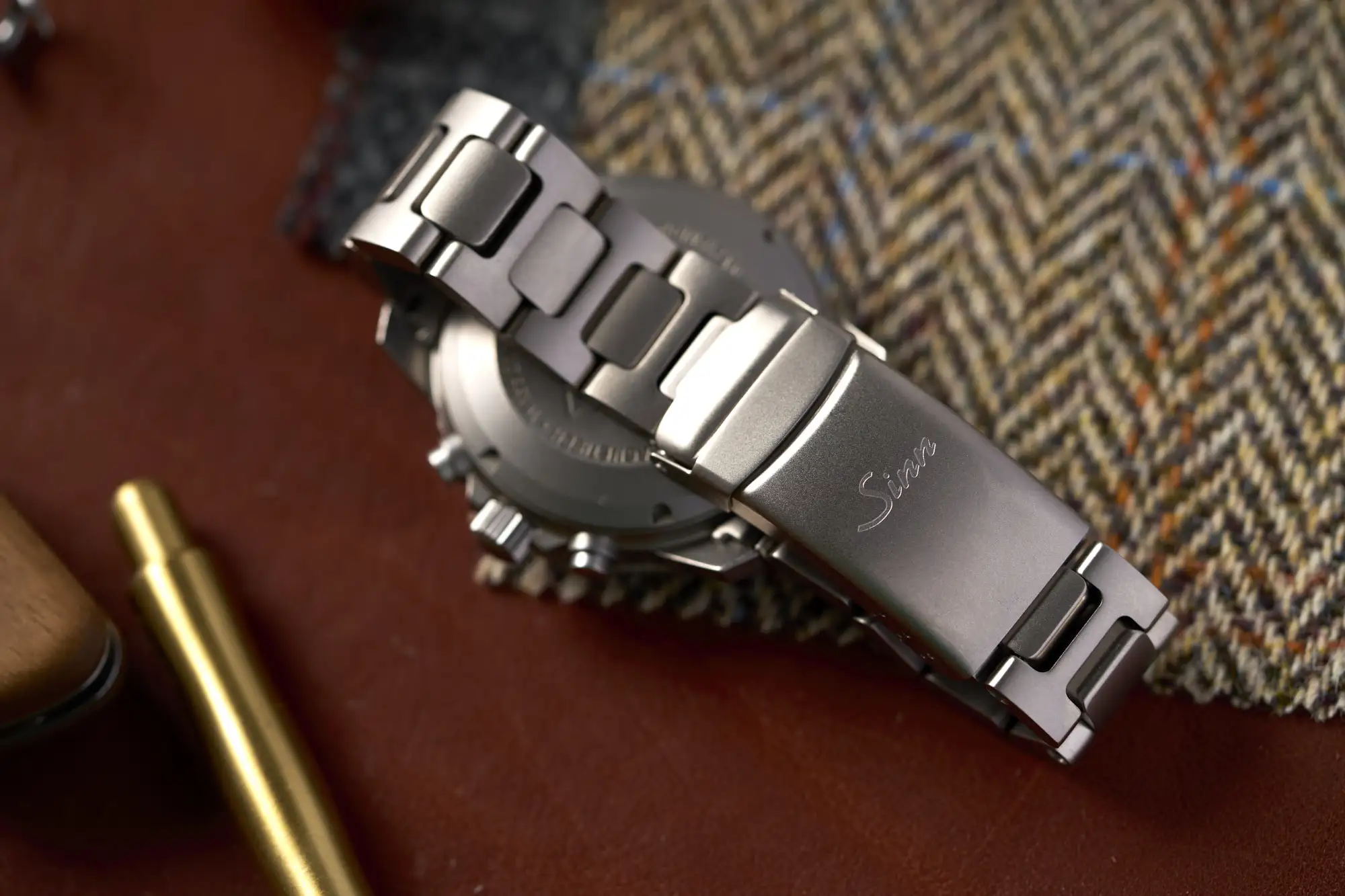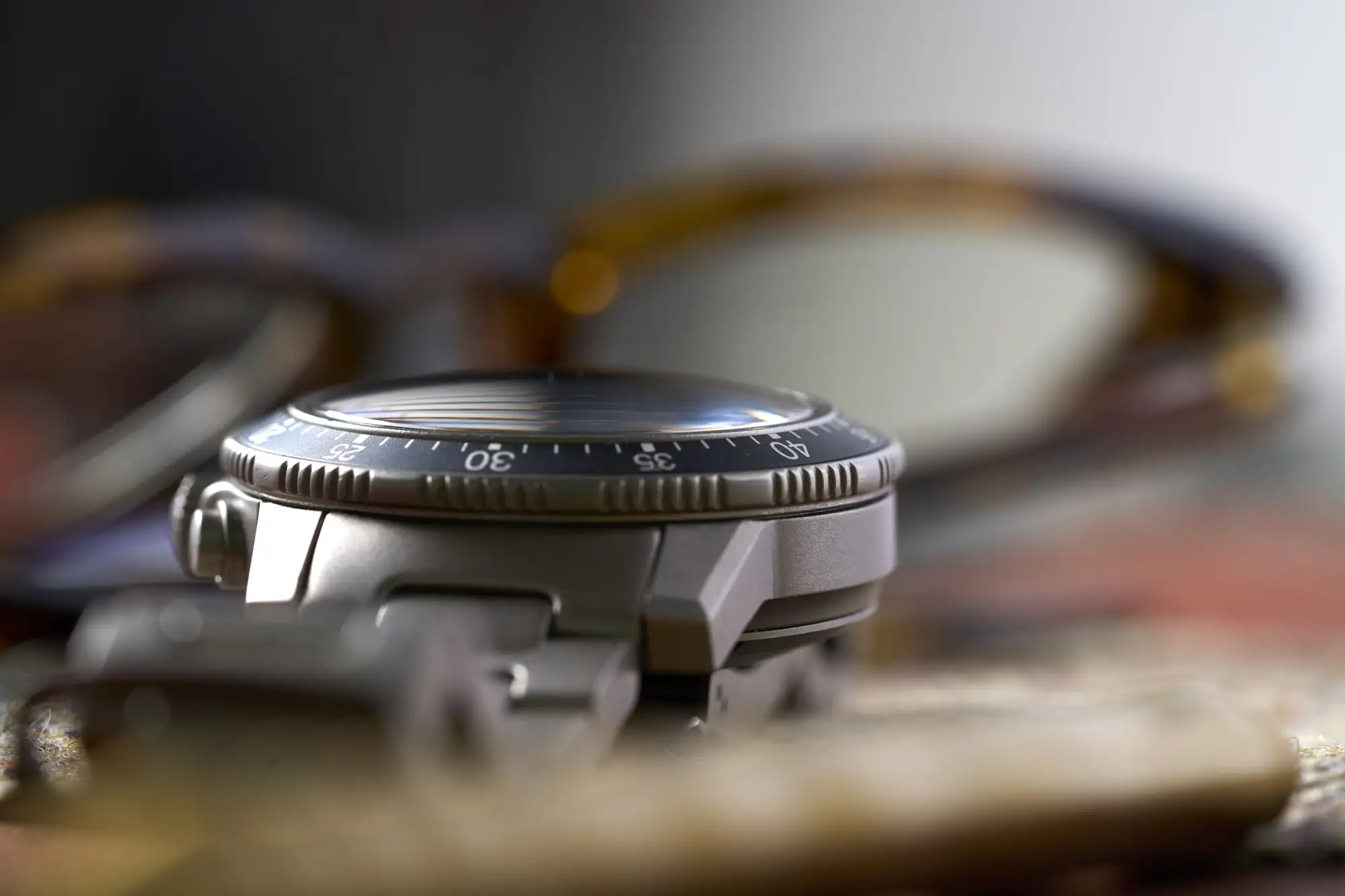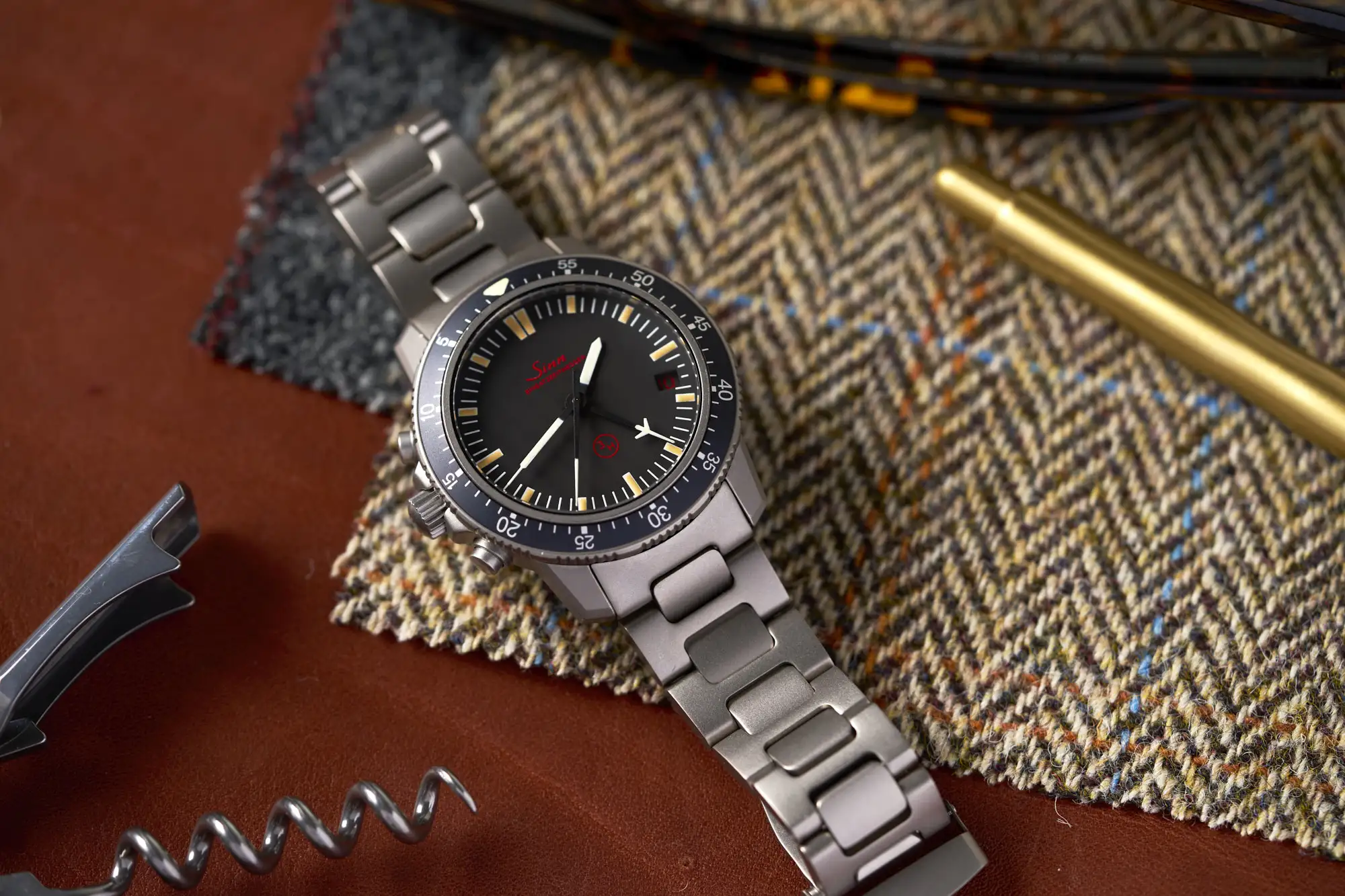In the opening scene of The Big Lebowski, Sam Elliot delivers a perfectly dry monologue about The Dude being, not a hero (‘cause what’s a hero?), but simply “the man for his time and place.” When I think about a watch that’s perfectly of its time and place, for some reason, my mind goes straight to the original Sinn EZM1, a watch that coincidentally hails from the same era as the enigmatic Coen brothers film. Unlike The Dude, there is plenty about the EZM1 that makes a whole lot of sense, which makes it all the more stupefying that we haven’t really seen anything like it in the years since. What is it about this watch that’s so captivating? And why don’t we see more watches like it today? In this Missed Review, we aim to explore these questions, along with an assessment of just how well it holds up nearly 25 years later.
Sinn’s EZM series of watches are each built around a singular concept to benefit their somewhat niche use cases. They are, quite literally, mission timers by name, at least that’s what I’m told “Einsatzzeitmesser” (the word from which we get EZM) practically translates to in english. The EZM4 was built with the medical professional in mind, and the EZM7 for firefighters, to name some examples. This has led to some rather unique dial and case designs within the EZM range, which we’ve explored before here, and here. This concept began with the EZM1 in the late ‘90s.









 Featured Videos
Featured Videos




